The Eurasian lynx, a medium-sized wild cat, is the largest of the four lynx species. This remarkable feline roams across extensive regions, encompassing Europe, Siberia, Central Asia, and East Asia.
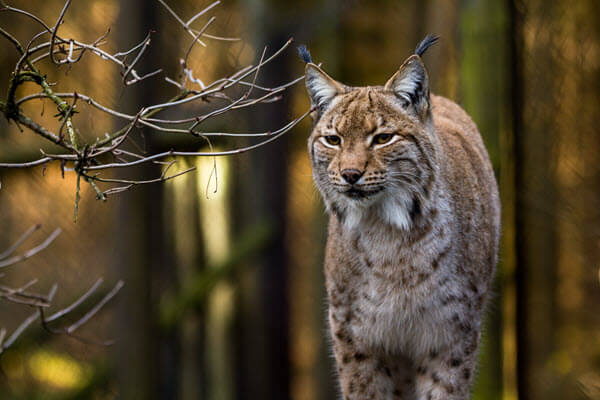
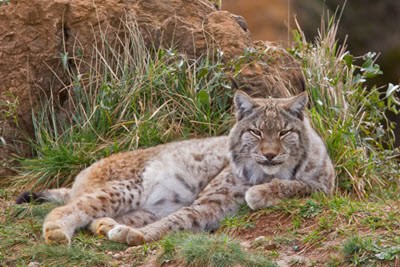
Scientific Name: Lynx lynx
Conservation Status: Least Concern; population is stable
Proposed subspecies:
- L. l. lynx (Northern lynx)
- L. I. Turkestan (Central Asia)
- L. l Caucasian lynx
- L. l Siberian lynx (Eastern Siberia)
- L. l. balcanicus (Balkan lynx – Balkans)
- L. l carpathicus (Carpathian lynx – Central Europe)
Lineage: The Eurasian lynx belongs to the Lynx lineage and lynx genus, along with the bobcat, Canada lynx, and Iberian lynx.
Interesting Eurasian Lynx Facts
- The Eurasian lynx is known by various names including the Siberian lynx, European lynx, Russian lynx, and Northern lynx.
- It has black tufts of hair at the tip of its ears.
- The lynx has a white facial “ruff”.
- It has one of the largest ranges of all wild cats.
- It is the largest of the four lynx species.
- The European lynx is the third-largest predator in Europe after the brown bear and wolf.
- The sounds they make are extremely low.
- They mostly hunt at night and sleep in vegetation during the day.
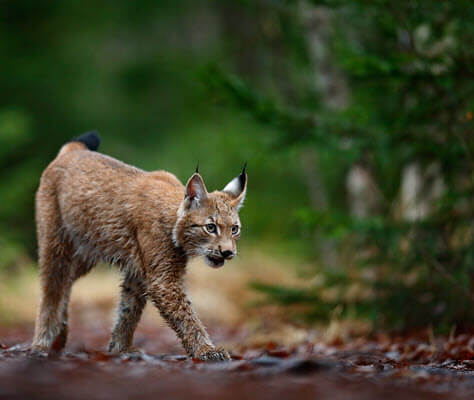
More about the Eurasian lynx
Physical Appearance
The Eurasian Lynx is approximately 31 to 51 inches long, with a tail that is a little over 4 inches to almost 10 inches long. Females typically weigh up to 46 lbs., and males weigh up to 66 lbs. However, in Siberia, they can reach almost 100 lbs.
A Eurasian lynx has large web-like feet and long, muscular legs. Their paws are like snowshoes, which increases their mobility in colder climates.
The Eurasian lynx’s fur is short. During summer months, it can vary in color from reddish to brown. In the winter, it becomes much thicker and turns grey-silver or brown.
Territory
Most Eurasian lynx (almost 90%) live in Russia. They can also be found in northeastern Nepal, India, Turkey, Central Asia, and Pakistan. Although once found throughout Europe, Eurasian lynx populations have nearly disappeared in that region. An Eurasian lynx’s home range can vary from 50 to over 600 miles.
Approximately 2,800 live in the Carpathian Mountains, and 2,000 live in Romania. Some Eurasian lynx have also been found in the Balkan peninsula. They primarily inhabit forests.
Eurasian lynx behavior
The European lynx is primarily a nocturnal animal. It is also active in the early morning and evening hours, and will even hunt during the day if food is scarce.
Hunting and prey (diet)
The Eurasian lynx can kill prey up to four times its size. It preys on smaller mammals such as rabbits, squirrels, hares, marmots, deer, young moose, wild boar, red foxes, and grouse. Its preference is for larger, hoofed animals. They have excellent vision and hearing and often climb onto rocks to look around for prey. They use the cover of vegetation to stalk their prey and then pounce and kill with a fatal bite to the neck or nose.
Reproduction and lifespan
The female gestation period is 68 to 73 days. Litters consist of one to four kittens. The mother will leave her cubs after ten months. The Eurasian lynx reaches sexual maturity at about two to three years of age. They can live up to 17 years in the wild. In captivity, they have lived up to 20 years.
Eurasian Lynx Conservation
The major threats to the Eurasian lynx are habitat loss and poaching. Other threats include agriculture, ranching, mining, roads, railroads, logging, invasive species and diseases.
Efforts are currently underway to reintroduce the Eurasian lynx in various European countries.
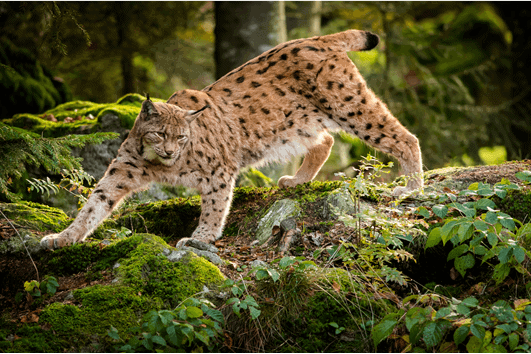

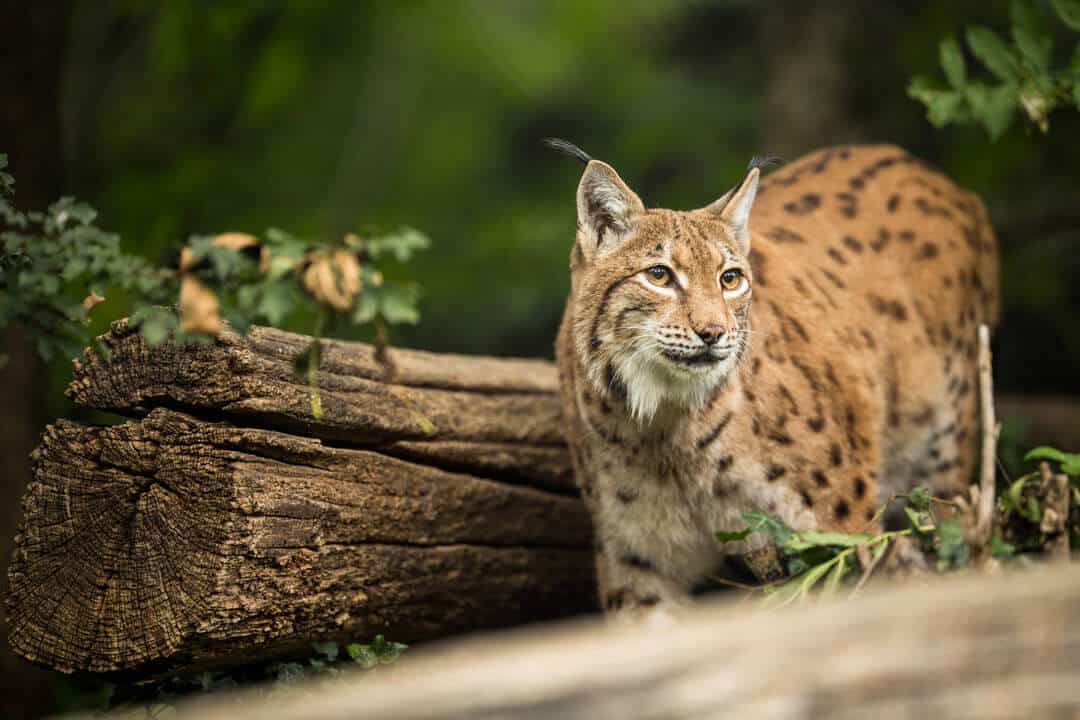











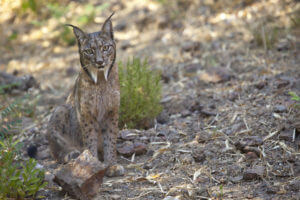




0 Comments